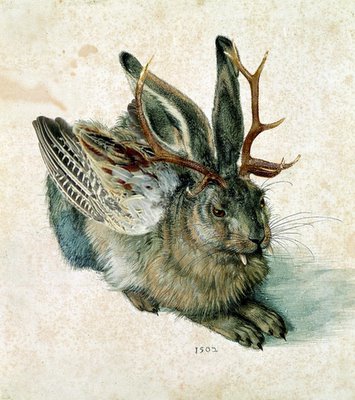Hooke's Law(find the word, win the come)

Robert Hooke, (July 18, 1635 - March 3, 1703), one of the greatest experimental scientists of the seventeenth century, played an important role in the scientific revolution. Born in Freshwater on the Isle of Wight, Hooke received his early education at Westminster School. In 1653, Hooke won a place at Christ Church, Oxford. There he met Robert Boyle, and gained employment as his assistant. It is possible that Hooke formally stated Boyle's Law, as Boyle was not a mathematician. In 1660, he discovered Hooke's law of elasticity, which describes the linear variation of tension with extension in an elastic spring. In 1662, Hooke gained appointment as Curator of Experiments to the newly founded Royal Society, and took responsibility for experiments performed at its meetings. In 1665 he published a book entitled Micrographia, which contained a number of microscopic and telescopic observations, and some original biology. Indeed, Hooke coined the biological term cell -- so called because his observations of plant cells reminded him of monks' cells. Also in 1665 he gained appointment as Professor of Geometry at Gresham College. Robert Hooke also achieved fame as Surveyor to the City of London and chief assistant of Christopher Wren, helping to rebuild London after the Great Fire in 1666. He worked on designing the Royal Greenwich Observatoy and the infamous Bethlem Royal Hospital (which became known as 'Bedlam'). He did some more stuff after that, then died in London on the 3rd of March, 1703.
P.S. The "rabbit" is a Wolpertinger, which has nothing to do with anything, I just liked the picture.

0 Comments:
Post a Comment
<< Home